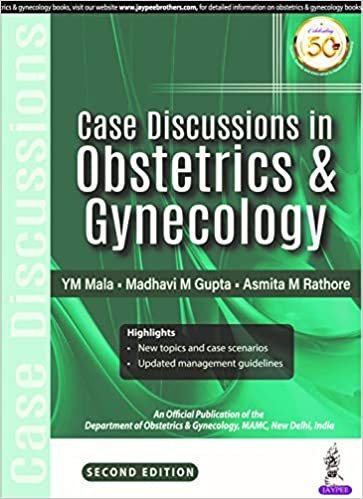Description
by Joseph C. Stemple (Author), Nelson Roy (Author), Yula C. Serpanos (Author)
A classic work, now in its sixth edition, Clinical Voice Pathology: Theory and Management is a compilation of the authors’ vast clinical and research experiences and addresses a considerable range of voice disorders in various populations and from various etiologies including medical, environmental, social, psychological, occupational, and idiopathic threats to vocal health. The text continues to be organized for the graduate speech-language pathology student and instructor, building the foundational knowledge necessary to evaluate and treat voice disorders including history and common causes of voice disorders, anatomy and physiology of voice production, pathologies of the vocal mechanism, and an extensive array of evaluation and management approaches. In addition, the text continues to provide background in caring for the professional voice and those patients presenting with head and neck cancers.
More than any previous edition, this edition includes major changes to benefit both the student and the instructor! New to the Sixth Edition:
- A new chapter introducing the SLP’s responsibilities with trach and vent patients
- Updated references throughout the text to reflect the current state of clinical research in evaluation and treatment of voice disorders
- Expanded voice therapy chapter including new evidence-based management approaches
- Use of ‘Call Out’ boxes throughout the text to highlight cases, encourage additional thought, and suggest additional readings
- Full color throughout the text including new figures and artwork to enhance learning and understanding of the material
- A PluralPlus companion website with additional content including videos of laryngeal pathologies and instructional PowerPoint lectures for most chapters
Whether a typical voice user, occupational voice user, elite vocal performer, head and neck cancer patient, or an individual who has lost the ability to communicate competently and confidently due to a detrimental voice change, each patient presents a unique diagnostic dilemma: how best to return the voice to its optimal condition? This text thoroughly prepares the speech-language pathology student to answer this question through a systematic development of the knowledge base necessary to evaluate and manage voice disorders.
With numerous pieces of artwork, full color throughout, multiple case examples, and a companion website of additional instructional material, Clinical Voice Pathology: Theory and Management, Sixth Edition, not only maintains but significantly improves on the standards set by its previous editions as the primary text for a graduate level course in clinical voice disorders.





Reviews
There are no reviews yet.